Hollywood Without Make-Up (1963)
A collection of behind the scenes and home movies from the golden age of Hollywood.
A collection of behind the scenes and home movies from the golden age of Hollywood.
 Ken MurraySelf - Host
Ken MurraySelf - HostSONG 5: A childbirth song (the Songs are a cycle of silent color 8mm films by the American experimental filmmaker Stan Brakhage produced from 1964 to 1969).
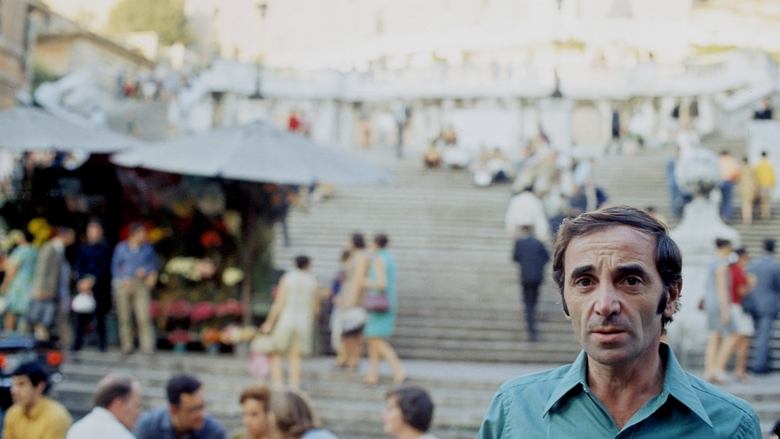
In 1948, French singer Charles Aznavour (1924-2018) receives a Paillard Bolex, his first camera. Until 1982, he will shoot hours of footage, his filmed diary. Wherever he goes, he carries his camera with him. He films his life and lives as he films: places, moments, friends, loves, misfortunes.
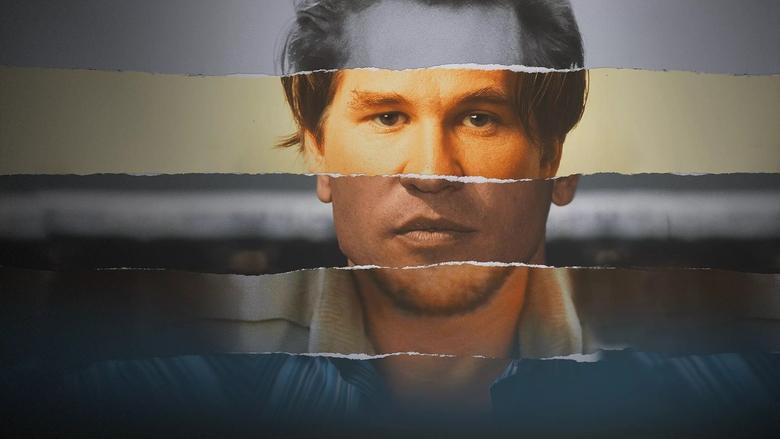
For over 40 years Val Kilmer, one of Hollywood’s most mercurial and/or misunderstood actors has been documenting his own life and craft through film and video. He has amassed thousands of hours of footage, from 16mm home movies made with his brothers, to time spent in iconic roles for blockbuster movies like Top Gun, The Doors, Tombstone, and Batman Forever. This raw, wildly original and unflinching documentary reveals a life lived to extremes and a heart-filled, sometimes hilarious look at what it means to be an artist and a complex man.
A film exploring the life of “Weird Paul.” After 30 years, 2000 videos, 800 songs, & 42 albums, he’s still not giving up on his dream.
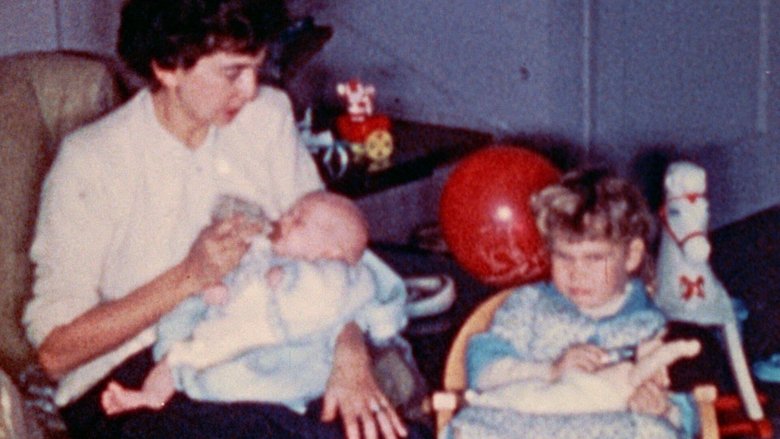
Filmmaker Jan Oxenberg narrates her own home videos, commenting on how her views towards lesbianism and femininity have evolved over time.
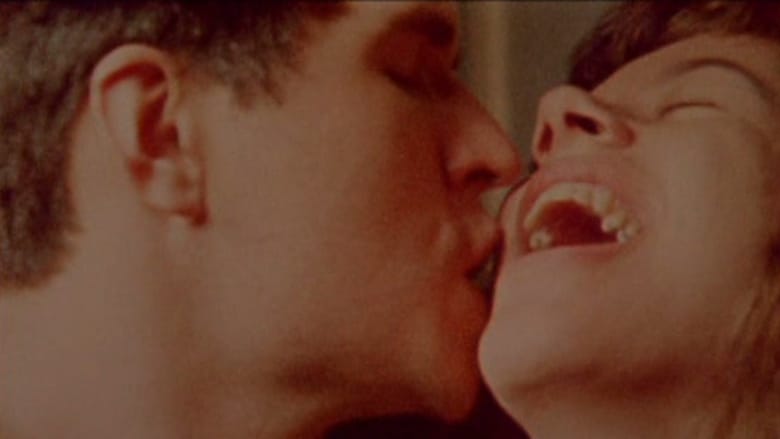
On a winter's day, a woman stretches near a window then sits in a bathtub of water. She's happy. Her lover is nearby; there are close ups of her face, her pregnant belly, and his hands caressing her. She gives birth: we see the crowning of the baby's head, then the birth itself; we watch a pair of hands tie off and cut the umbilical cord. With the help of the attending hands, the mother expels the placenta. The infant, a baby girl, nurses. We return from time to time to the bath scene. By the end, dad's excited; mother and daughter rest. Preserved by the Academy Film Archive in 2013.
A childhood story is narrated while home movie footage is displayed. The narrator recounts her assimilation experience: moving to America, learning English, giving up your culture and a part of yourself.
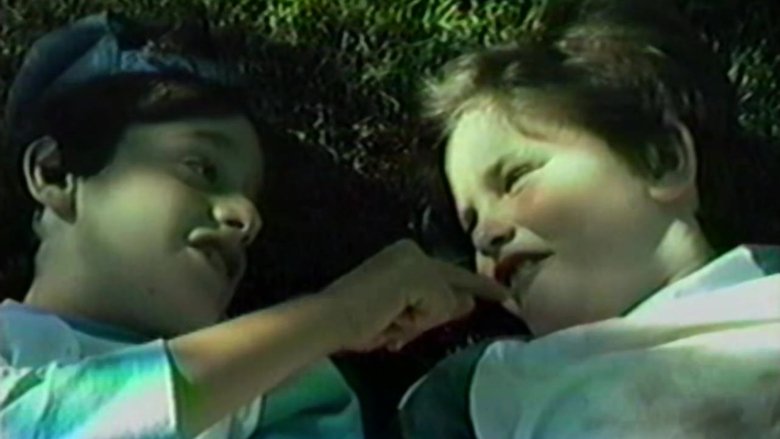
Before he went on to direct "Jawbreaker" and "Sparkler," Darren Stein grew up making videos. Along with his friend Adam Shell and the other neighborhood kids, these young film makers touched on such adult subjects as jealousy, cruelty, and sexuality.
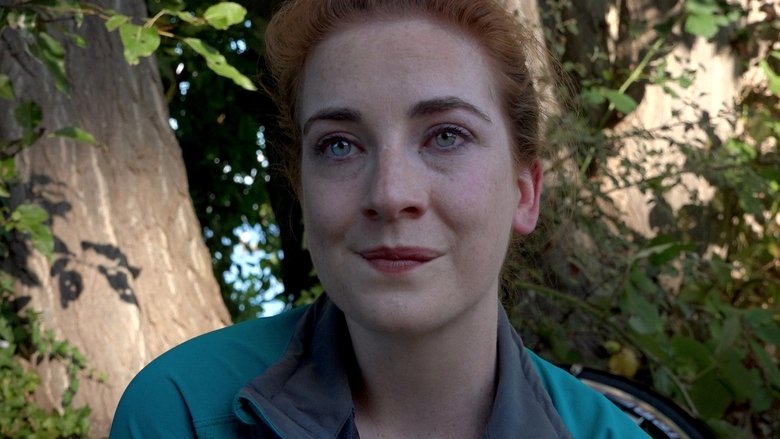
Just after Isidore moves to France to study filmmaking, his best friend dies back in the US. Through documentary, performance, and animation, a ghostly portrait emerges, prompting Isidore to question his relationships with his parents and his boyfriend in Paris.

Follows filmmaker and actress, Maryam Zaree, on her quest to find out the violent circumstances surrounding her birth inside one of the most notorious political prisons in the world.

The director Andrés Kaiser combines hundreds of amateur films and photographs from the treasure trove of images belonging to his migrant grandparents creating a cinematic firework of analogies.
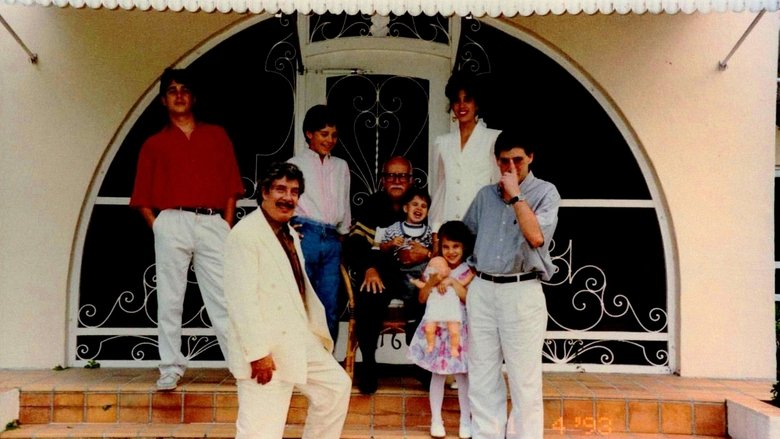
The story of how Sicilian Mafia boss Tommaso Buscetta (1928-2000), the Godfather of Two Worlds, revealed, starting in 1984, the deepest secrets of the organization, thus helping to convict the hundreds of mafiosi who were tried in the trial held in Palermo between 1986 and 1987.
A compilation of handheld camera footage, captured in 1995 by Mara Wilson during the filming of 'Matilda', interspersed by clips of an interview with the young actress.
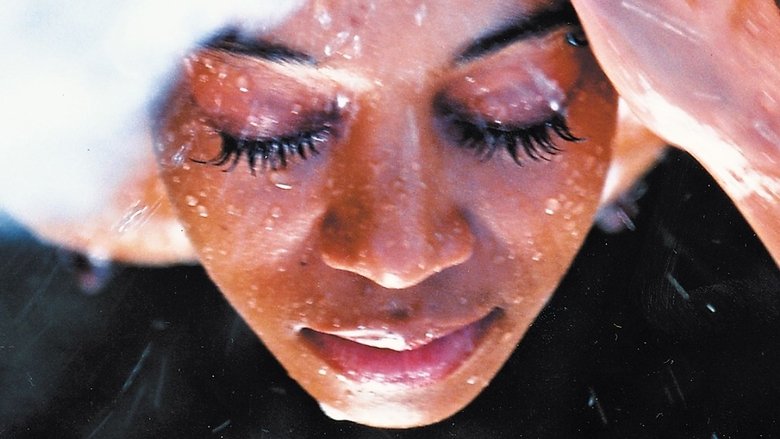
Lisa 'Left Eye' Lopes was the hip-hop voice of TLC, the best selling female R&B group of all time. On March 30th, 2002, Lisa decided to document her life. She filmed at a mysterious spiritual retreat deep in the jungles of Honduras, but 26 days later, after a tragic accident, she was dead and her unedited tapes were left behind. Last Days of Left Eye is the re-imagining of the film Lisa never got to complete. Revealing private moments from Lisa's journals and home movies, along with highlights from her celebrated career, this film is an intimate journey into the soul of a talented and still provocative young artist. Directed by Lauren Lazin, Academy Award nominated director of Tupac: Resurrection (2005, Best Documentary Feature), Last Days of Left Eye has screened to sold-out audiences at film festivals around the world.

After finding some videos she uploaded to YouTube when she was a child, Manuela attempts to follow the trail she herself has left on the Internet. A search that looks into all that things that won't never die and that, especially, thinks about the way we look at ourselves.
Home movies and their unique place in popular culture are the subject of My Father's Camera. Director Karen Shopsowitz weaves the history of home movies together with footage shot by her father--amateur filmmaker Israel Shopsowitz. Equipped with her dad's old Super 8 camera, Karen traces the history of home movies from the 1920s through to the amateur explosion of the '30s and '40s and beyond. She interviews a lively line-up of scholars and collectors, such as early members of the Toronto Film Club, a Japanese-American archivist who sees home movies as an expression of cultural diversity and a collector who hosts popular Webcasts that highlight new acquisitions.
The diaspora of Filipinos around the globe is driven mostly by the economics of supply and demand. The yearning for something better, stability, and self-validation leads a handful of sojourners from the provinces of the Philippines into the arms of one of its former colonial masters — the USA. But what happens when they finally get what they want? And how? Filmmaker Dennis Empalmado explores the musings of Filipino expatriates and hopeful immigrants in "Naglalakbay" (Travelers).
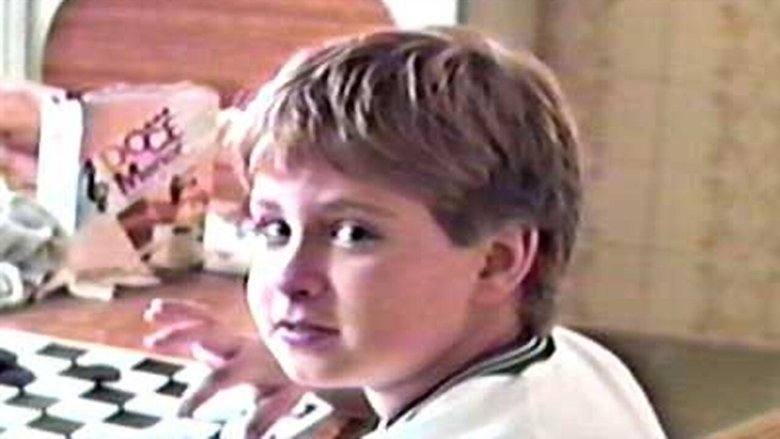
The story of a LGBTQIA+ child told through old images from VHS tapes. The videos were recorded by Vicente's father between 1987 and 1993.
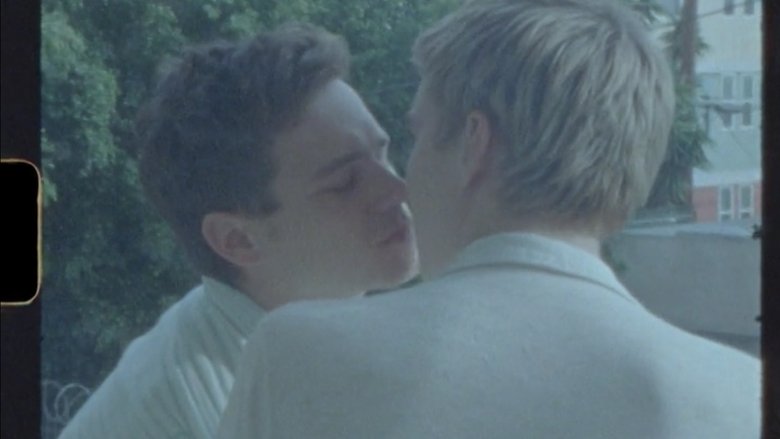
In this home movie collection of gay men, memory serves as an act of hope, power, and above all, resilience.
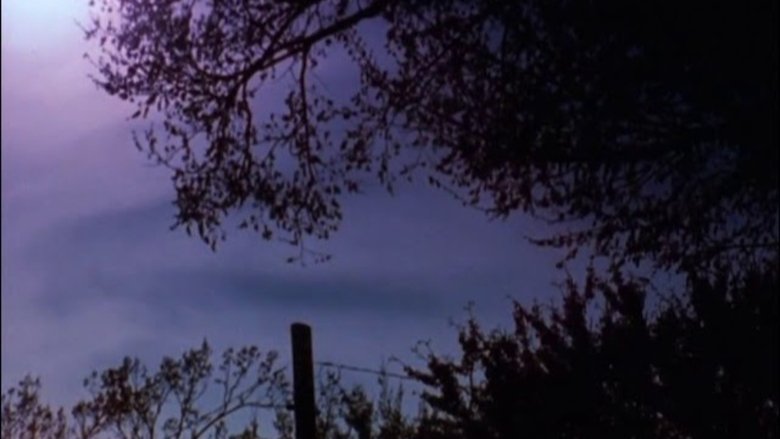
We move back and forth between scenes of a family at home and thoughts about the stars and creation. Children hold chickens while an adult clips their wings; we see a forest; a narrator talks about stars and light and eternity. A dog joins the hens and the family, while the narrator explains the heavens. We see a bee up close. The narrator suggests metaphors for heavenly bodies. Scenes fade into a black screen or dim purple; close-ups of family life may be blurry. The words about the heavens, such as "The stars are a flock of hummingbirds," contrast with images and sounds of real children.